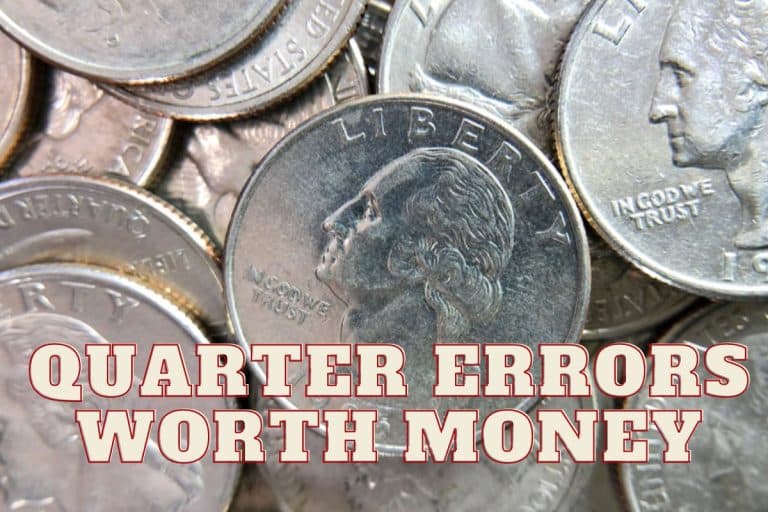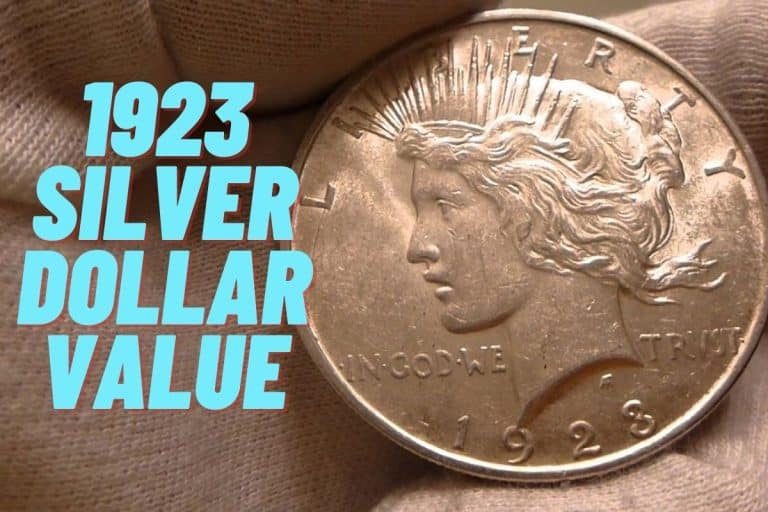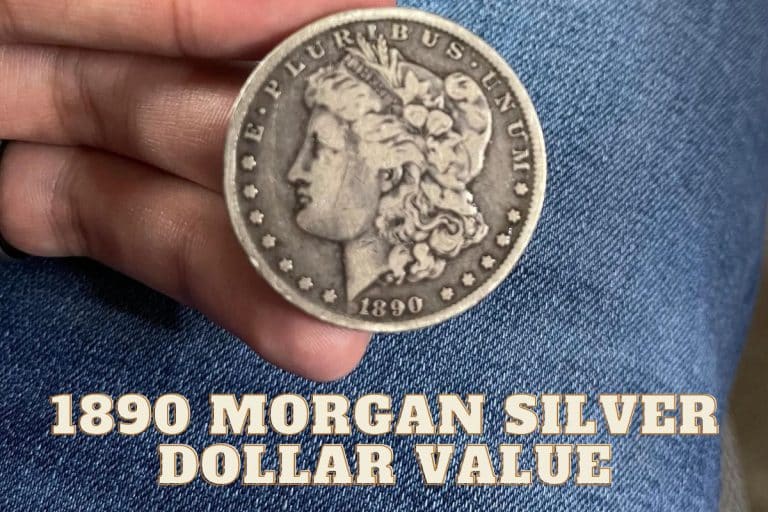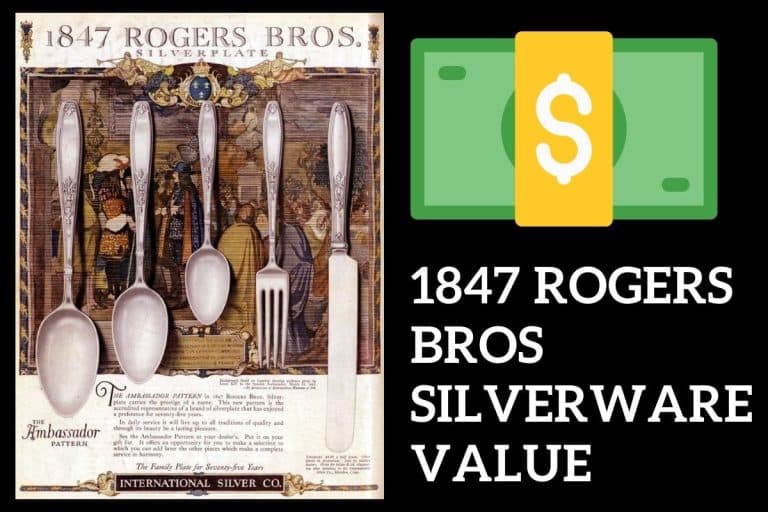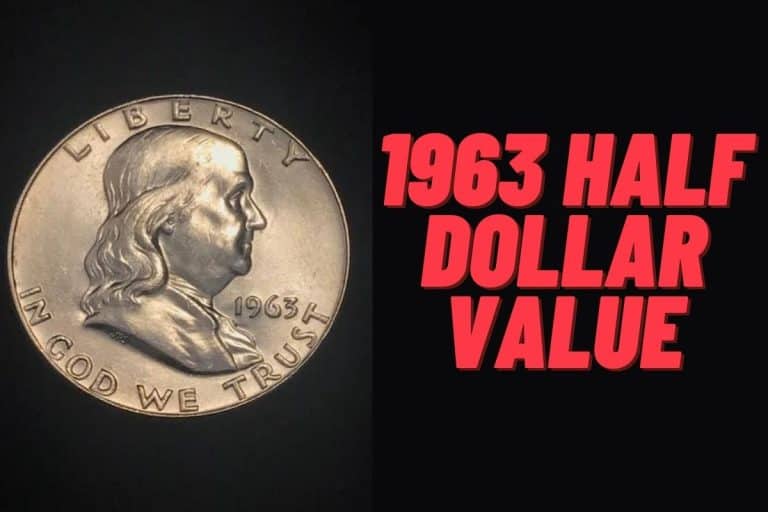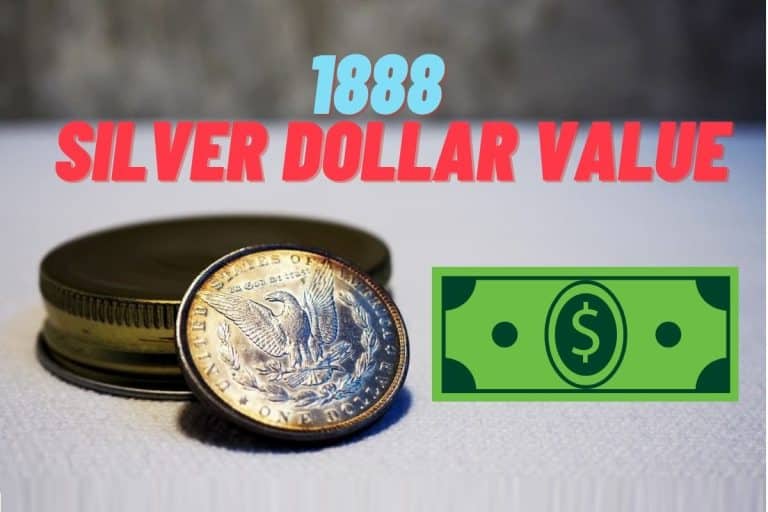The 1964 quarter value guide includes details on how much you can expect to pay for the 1964 quarters when they are sold at auction. Read on and learn the current prices for the 1964 quarter.
If you are a coin collector or have an old quarter from 1964 in your pocket, you might wonder what it’s worth. The value of coins depends on their age, condition, and type of coin they are.
We’ll look at the value of a 1964 quarter and why it has become a popular collectible item. We’ll also discuss tips for grading and evaluating coins and ways to buy and sell them. So keep reading to find out all about the value of your 1964 quarter.
1964 Quarter Value
A quarter from 1964 is worth about $7.00. This is based on an average of the prices of different coin grades. The actual value may differ depending on the specific coin's condition, with can be worth hundreds of dollars. It can also fetch extremely high prices at auction.
1964 Quarter Value Chart
As you can see from the chart below, quarters minted before 1964 are composed of 90% silver and are worth more than face value. Quarters minted after 1964 are composed of a clad metal alloy worth only $6.
Coin
Good
Very Good
Fine
Very Fine
Extremely Fine
MS-60
MS-65
1964 Quarter
$5.13
$5.13
$5.13
$5.13
$5.13
$7.41
$14
1964 D Quarter
$5.13
$5.13
$5.13
$5.13
$5.13
$7.41
$14
1964 Quarter Value Guides
If you are trying to determine the value of a quarter, there are a few things you need to consider. The first is the year that the quarter was minted. The older the quarter, the more valuable it is.
The second factor is the condition of the quarter. A well-circulated coin is going to be worth less than one that is in pristine condition. Finally, you need to look at the specific design of the quarter. Some plans are more popular than others and, as such, command a higher price.
Business strike 1964 Quarters are worth about 25 cents each in circulated condition. Uncirculated examples can be worth much more, depending on their condition and whether they were minted at the Denver or Philadelphia Mint. 1964 Quarters minted at the Philadelphia Mint are especially valuable, as they are rare.”
You can use a few resources to estimate your quarter's value accurately. One is the Professional Coin Grading Service website. They provide detailed guides for each year and type of coin. Another option is to consult with a professional numismatist. They will be able to give you a more accurate estimate based on all of the factors mentioned above.
1964 Quarter No Mint Mark Value
1964 quarter value is slightly more than the Denver coins. The quarter of 1964 value is more than the Denver quarters. This is because more people collect these coins, which are worth more money.
Quarter no-mint mark value is worth about $6 in excellent condition, while it can sell up to $675 in the MS 67.
In 2004, the highest amount paid for a 1964 25C MS67 (no mintmark) coin was a whopping $7,188!
1964 D Quarter Value
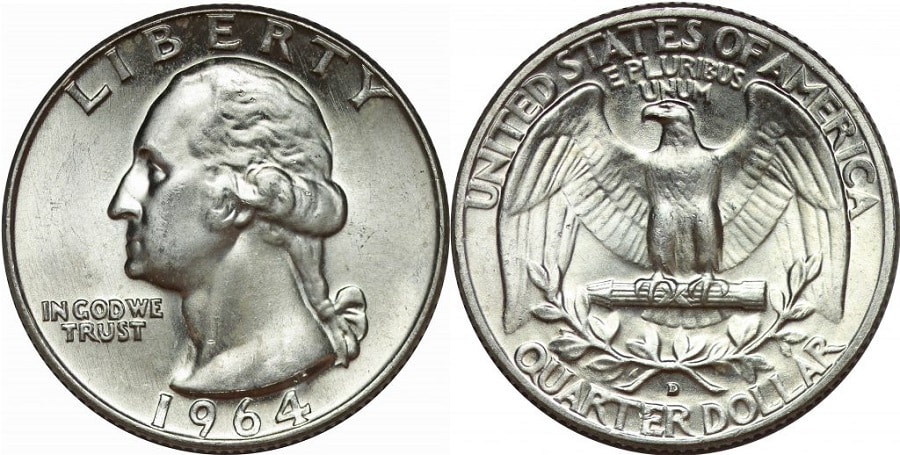
The value of a quarter is determined by its mint year, condition, and mint location. Quarters minted before 1964 are made of 90% silver and are worth more than their face value. Quarters minted after 1964 are made of a cupronickel alloy and are worth their face value.
The 1964 D quarter value is $6 if they’re excellent, which is the best condition. They can be worth up to $21 in uncirculated condition. When in doubt, don’t risk it.
In 2021, the coin was sold for $38,400 at an auction.
1964 quarter Grading System
Uncirculated coins are the least valuable, followed by Extremely Fine coins. MS 60 Uncirculated coins are worth more than MS 65 Uncirculated coins.
- Uncirculated coins are the most miniature collectible and are considered the standard for all other grades. They are struck so well that there is no trace of wear. These coins have no toning or spotting.
- Extremely Fine (EF-3) coins show some wear but retain most of their original mint luster. The outer rim is slightly worn but not pitted or holed, and the obverse and reverse sides are pretty detailed, with only minor light spots on both sides. A few small scratches through a design will show as a semi-smooth area on the high points of a design.
- MS60 Uncirculated Coins are nearly perfect, with no significant damage or flaws visible to the naked eye; they may have some minor wear to one side or area; however, they have excellent eye appeal due to lack of wear and tear.
- MS65 Uncirculated Coins display very little wear on both sides; they may have some minor spots.
1964 Quarter Errors
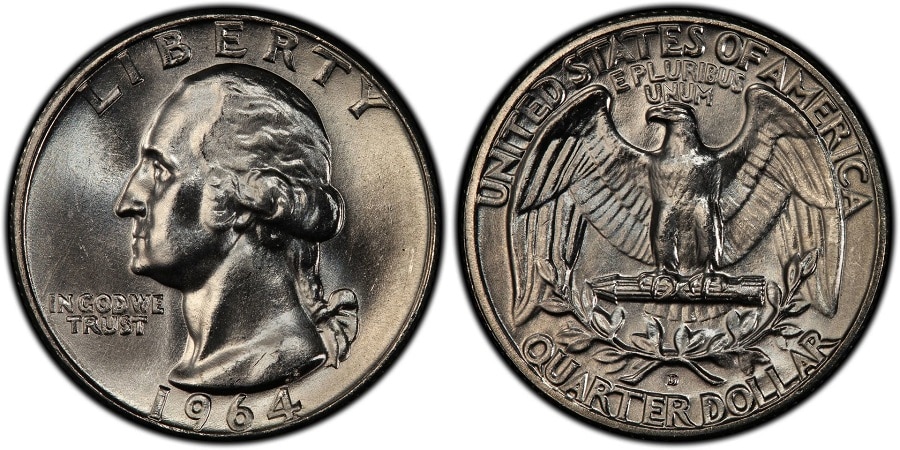
The minting process struck a double-die coin twice, resulting in doubled lettering and numbers. These are highly sought after by collectors and can be worth hundreds or even thousands of dollars.
A coin with a double-die reverse will have the same image on both sides. This can occur when the dies used to strike the coins are not appropriately aligned. Again, collectors highly coveted these, which can be worth significant sums of money.
An RPM is a coin that a rotated die has struck. It results in an off-center image on the coin. While not as valuable as a double die, an RPM can still be worth more than a regular quarter.
History of the 1964 Quarter
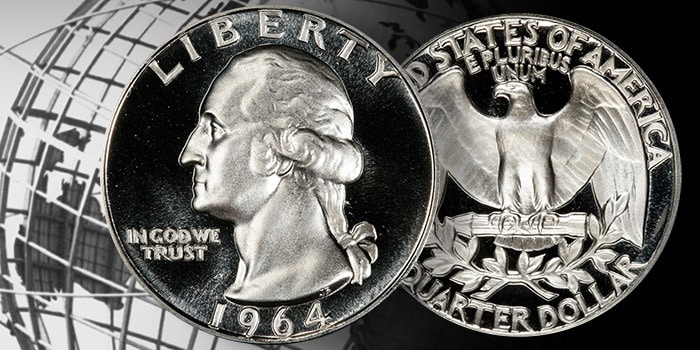
When the price of silver reached an all-time high in 1980, the U.S. Mint finally took action to change the composition of the quarter. For over six decades, quarters had been made of 90% silver and 10% copper.
But as the price of silver rose, so did the cost of producing quarters. To keep the cost of production down, the U.S. Mint began looking for a way to reduce the amount of silver in quarters.
After much research and deliberation, it was decided that quarters would be made of copper-nickel clad instead of pure silver. This change was first implemented in 1965 with JFK half dollars, then in 1971 with Eisenhower dollars.
The new coins were made of an outer layer of 75% copper and 25% nickel bonded to a core of pure copper. This change saved the U.S. Mint millions of dollars each year in production costs and helped to keep quarters affordable for consumers.
Chief engraver John R. Sinnock created the 1964 Quarter. The obverse features a right-facing portrait of Washington, while the reverse features an eagle perched on a branch. The date is located on the front below Washington's image, while the word “LIBERTY” is inscribed above his portrait. The phrase “QUARTER DOLLAR” is situated on the reverse below the eagle.
The quarter was minted at two U.S. Mints: Philadelphia (no mint mark) and Denver (D). There was no mintage at San Francisco (S); therefore, you won’t find a 1964 S quarter. Over 648 million were struck at each facility. There are no wide varieties for this issue, although some minor ones are worth mentioning.
For example, there are two types of Reverse Die. One with eight tail feathers and one with nine tail feathers. These varieties are not considered significant enough to warrant their listing in most price guides, but they can be valuable to knowledgeable collectors.
Features of the 1964 Quarter

The 1964 Quarter is 90% silver and 10% copper, with a diameter of 24.26mm and a mass of 5.67g.
The Obverse of the 1964 Quarter
The obverse of the 1964 Quarter features a portrait of President Abraham Lincoln. The design on the obverse (front) of the coin features the profile of President Abraham Lincoln, with the words “IN GOD WE TRUST” and “LIBERTY” above his head. The date, “1964”, is also included on this side of the coin, along with the motto “IN GOD WE TRUST.”
The Reverse of the 1964 Quarter
The reverse of the 1964 quarter has a great design. The obverse shows our beloved bald eagle holding an olive branch in one talon and a bundle of arrows in the other. The reverse (back) of the coin features the words “E PLURIBUS UNUM” and “UNITED STATES OF AMERICA” around it.
Conclusion
The 1964 quarter is a valuable and sought-after coin due to its age and rarity. Many people have found success in collecting these coins as they are relatively affordable but can be worth more depending on their condition.
If you already have a 1964 quarter, keeping it in good condition is essential to increase its value over time. Collecting quarters from this era is an enjoyable hobby that could yield an excellent return if done wisely.

